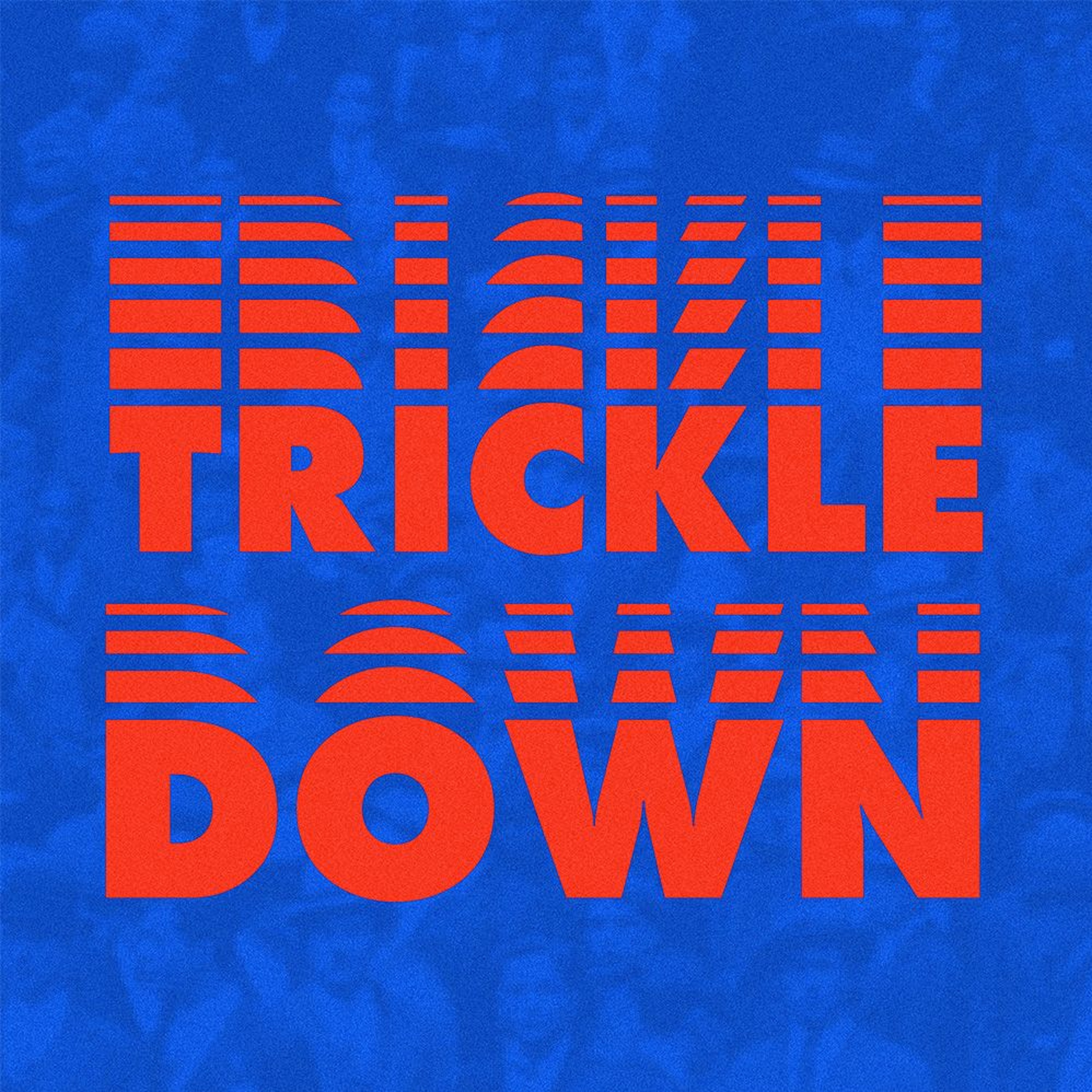Trickle Down Episode 13: Educational Fashions (Sample)

b'The root concept of \\u201clearning styles\\u201d is based on a simple and intuitive idea: different people most successfully learn through different means. Or maybe they best learn through different sensory or emotional inputs. Possibly because people with differing brains make them more receptive to certain ways of knowing and absorbing information. Some people managed to take this intuitive idea and build massively successful careers for decades. Students were labeled \\u201cVisual,\\u201d \\u201cAural,\\u201d or \\u201cKinesthetic\\u201d learners. \\n\\nThe problem, as researchers discovered in the \\u201800s, is that there\\u2019s no good evidence to suggest that any of the \\u201clearning styles\\u201d models popular with teachers actually improved educational outcomes. But that did little to slow the popularity of learning styles \\u2014 or the mini industry built up around them.\\n\\nReferences\\n\\nMcLaughlin, Dorene Casey EdD, "An Evaluation Case Study of the Effects of a Learning Style Awareness Program for Ninth Graders at an Independent School" (1996). Dissertations. 617. https://digital.sandiego.edu/dissertations/617\\n\\nFurey, William, \\u201cThe Stubborn Myth of Learning Styles\\u201d (2023)\\nhttps://www.educationnext.org/stubborn-myth-learning-styles-state-teacher-license-prep-materials-debunked-theory/\\n\\nPashler, H., McDaniel, M., Rohrer, D., & Bjork, R. (2008). Learning Styles: Concepts and Evidence. Psychological Science in the Public Interest, 9(3), 105-119. https://doi.org/10.1111/j.1539-6053.2009.01038.x\\n\\nSun X, Norton O, Nancekivell SE. Beware the myth: learning styles affect parents\', children\'s, and teachers\' thinking about children\'s academic potential. NPJ Sci Learn. \\n\\n2023 Oct 17;8(1):46. doi: 10.1038/s41539-023-00190-x. PMID: 37848467; PMCID: PMC10582039.\\nhttps://pubmed.ncbi.nlm.nih.gov/37848467/\\n\\nCoffield, F. (2004). Learning Styles and Pedagogy in Post-16 Learning: a Systematic and Critical Review. LSRC Reference, Learning & Skills Research Center, London.\\nhttps://www.leerbeleving.nl/wp-content/uploads/2011/09/learning-styles.pdf\\n\\nCassidy, Simon (2004) Learning Styles: An overview of theories, models, and measures, Educational Psychology, 24:4, 419-444, DOI: 10.1080/0144341042000228834\\nhttps://doi.org/10.1080/0144341042000228834\\n\\nRogowsky, Beth A., et al. \\u201cMatching Learning Style to Instructional Method: Effects on Comprehension.\\u201d Journal of Educational Psychology, vol. 107, no. 1, 2015, pp. 64\\u201378., doi:10.1037/a0037478.\\n\\n\\u201cBelief in Learning Styles Myth May Be Detrimental.\\u201d PsycEXTRA Dataset, 2019, doi:10.1037/e504772019-001.\\n\\nFleming, N., and Baume, D. (2006) \\u201cLearning Styles Again: VARKing up the right tree!\\u201d, Educational Developments, SEDA Ltd, Issue 7.4, Nov. 2006, p4-7.\\n\\nKnoll, Abby R., et al. \\u201cLearning Style, Judgements of Learning, and Learning of Verbal and Visual Information.\\u201d British Journal of Psychology, vol. 108, no. 3, 2016, pp. 544\\u2013563., doi:10.1111/bjop.12214.\\n\\nNancekivell, Shaylene E., et al. \\u201cMaybe They\\u2019Re Born with It, or Maybe It\\u2019s Experience: Toward a Deeper Understanding of the Learning Style Myth.\\u201d Journal of Educational Psychology, vol. 112, no. 2, 2020, pp. 221\\u2013235., doi:10.1037/edu0000366.\\n\\nHyman, Ronald & Rosoff, Barbara (1984) Matching learning and teaching styles: The jug and what\'s in it, Theory Into Practice, 23:1, 35-43, DOI:\\n10.1080/00405848409543087\\nhttps://doi.org/10.1080/00405848409543087\\n\\nLearning Styles Network Resources Brochure\\nhttps://web.archive.org/web/20050527165802fw_/http://www.learningstyles.net/2004/resource_brochure/resource_brochure.pdf'